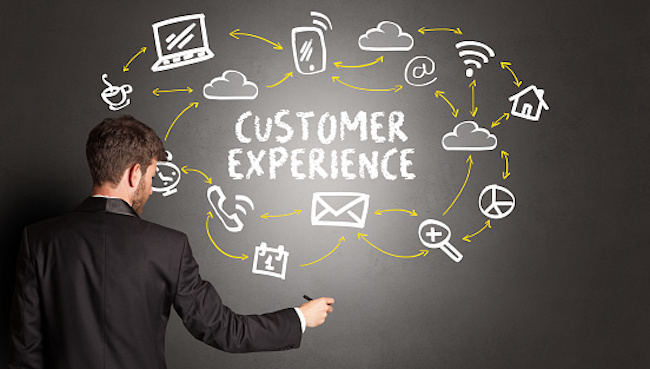Make a large impact on B2B CX by creating a persona
Editor’s note: Rachel Linthwaite is senior director at ENGINE Insights. This is an edited version of a post that originally appeared under the title, “Personas: The key to success in B2B CX.”
CX is different in the world of B2B. The customer journeys you are creating vary widely when the general consumer isn’t the focus. B2B “customers” can range from CMOs and sales reps to distributers and customer service reps, and each have their own set of vastly different goals, requirements and customer journeys. That’s why creating personas is so critical. Personas serve as a powerful tool to help teams empathize with their customers and design products, services, processes, communications and journeys on behalf of the customer need, regardless of how varied those needs may be.
What are personas?
Personas are a representation of groups of customers – typically built around a job role – with common requirements, including their expectations, goals, preferences and mind-sets. Not simply a job title, role or customer type, personas reveal customer requirements and priorities and offer actionable, richer information. Sometimes, we can forget that B2B buyers are still people whose personal experiences influence their professional expectations. Personas allow organizations to anticipate and craft customer journeys that meet or exceed these expectations by better aligning products, services and solutions to customers’ goals and objectives.
ENGINE approaches this work in the context of jobs-to-be-done (i.e., the specific tasks a persona needs to accomplish and how they want to complete each one). These jobs ultimately inform the ideal customer journey that ends when the customer has accomplished their goal. While marketing and sales are the most common persona use cases, B2B leaders can find value in personas when modernizing workflows, innovating products and services, and implementing digital transformation efforts as well.

Let’s explore the three major groups that comprise B2B personas.
The target audience persona
This is the most obvious group: your end buyer. Whether you’re a manufacturer selling to automotive companies or a software solution selling to marketers, you know who your target buyers are. But as B2B buying models become increasingly complex, buying groups grow larger. Decisions are spread among clusters of decision makers, creating complexities and blurring the lines between ultimate decision-makers and influencers. Without the guidance of clear personas, people designing products, services, processes, communications and journeys can easily lose sight of the goal – to fulfil the customers’ requirements – and fall back on product specs, company talking points, or “the way things have always been done.”
Partner personas
Vendors and other partner organizations are another critical category of persona. Though they may not be your end user, these groups often have extensive interactions with your organization. Furthermore, they are enablers of end user interactions and can become another face of your brand (think: distributors that facilitate product delivery between manufacturers and large retailers). By enabling smooth and efficient experiences with these groups, you’re not just satisfying a critical part of your supply chain or marketing ecosystem, you are also increasing the likelihood of good CX with your end customer.
Employee personas
Perhaps the least obvious customer persona, your employees are a critical group to consider in persona work. This is not only because you may have internal stakeholders that play a role in critical customer journeys (think: sales reps that may facilitate purchases between your product centers and end buyers), but also because keeping these internal personas happy is critical to driving business outcomes. This is where employee experience and CX meet. Employees on the frontlines of customer interactions like customer service reps and sales associates have a direct impact on your end user’s experience. Ensuring you are providing your employees with good experiences ultimately trickles down to the customer. But even non-customer facing employees may play a role in persona work. Ensuring your employees are enjoying excellent experiences is a way to build and improve your employer brand, ultimately leading to lower rates of turnover and higher quality work.
Creating a persona
So where do you start? Journey mapping research to create personas and their relevant maps can be accomplished through any number of methodologies, but they are best developed when informed by both internal (relevant company stakeholders) and external (the customers themselves) perspectives. B2B organizations should work to determine focus areas and set priorities, create and validate personas via tested research methodologies, activate insights via scenario planning and ultimately implement, socialize and optimize these critical learnings.
